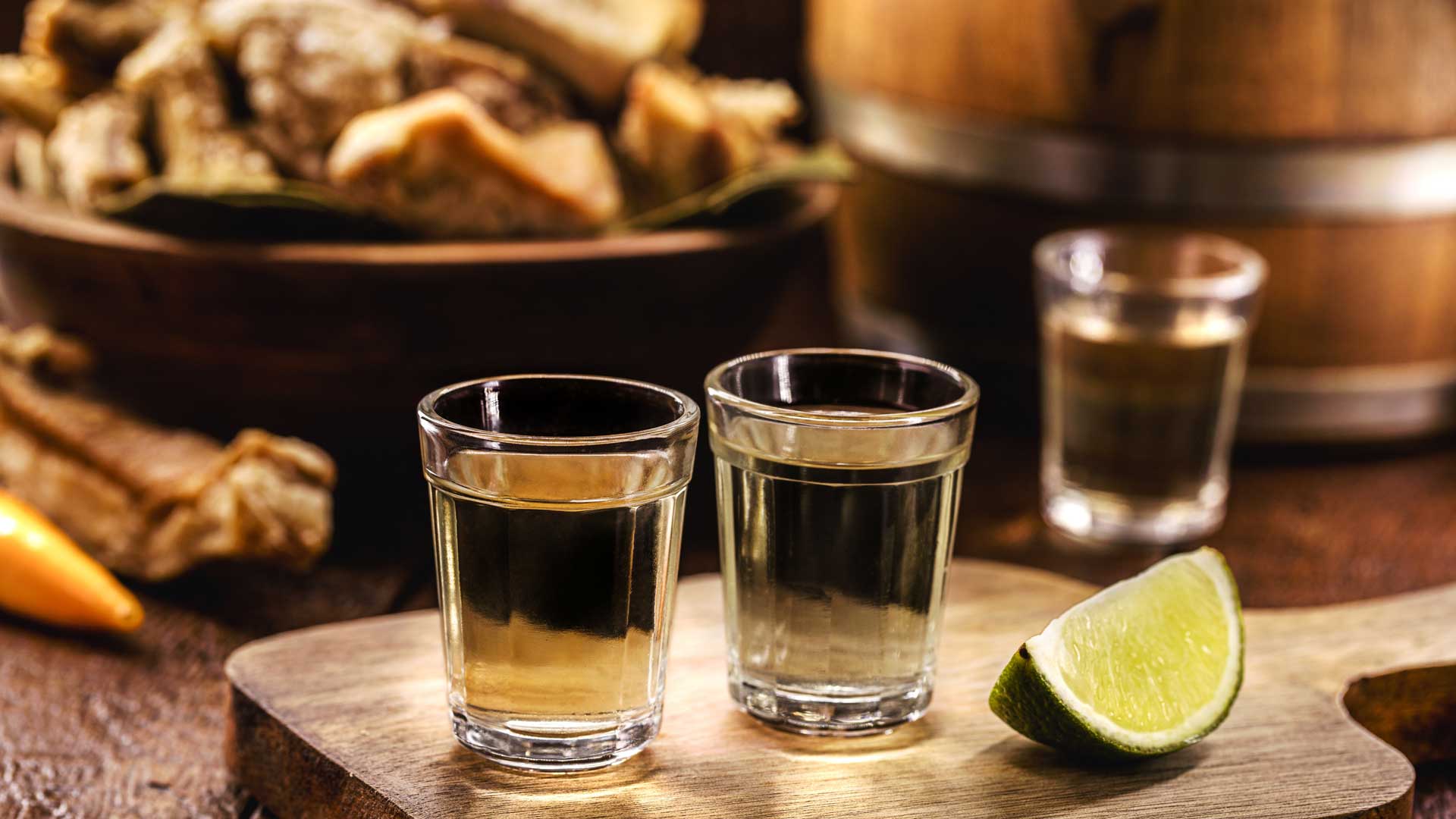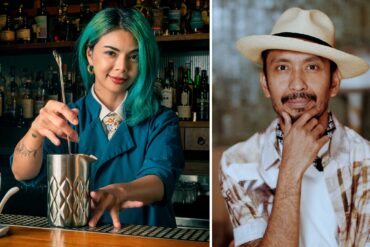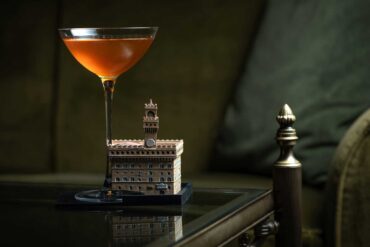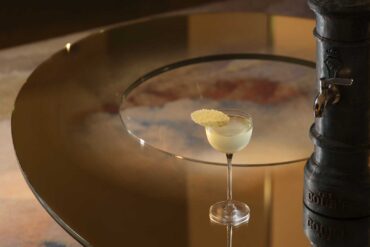Cocktails owe a lot to sugarcane, as it’s the key ingredient in some of the most popular and beloved spirits and liqueurs. We’re talking about rum and cachaça, but also falernum and basi. Each has its own distinct characteristics that create both differences and similarities in their production methods and final flavors. Let’s break it down.
Sugarcane Spirits: Rum
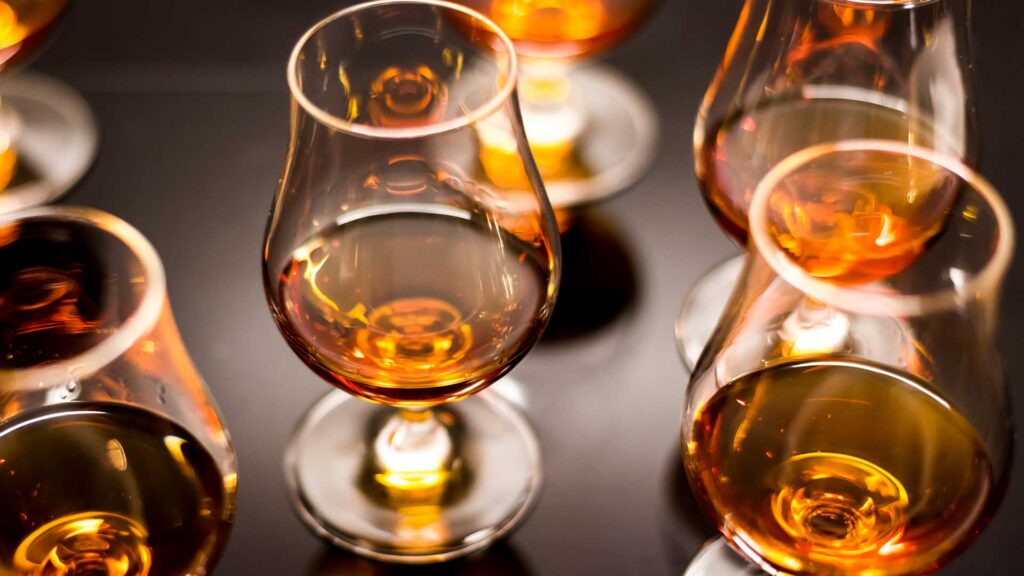
Rum is a spirit distilled from sugarcane juice or molasses. Distillation happens in continuous or column stills. It can be aged in barrels or left unaged. Rum takes on different names depending on the region of production. We’re mostly looking at the Caribbean and parts of South America, although there are around 30 rum-producing regions worldwide.
In French-speaking areas (like Haiti) and English-speaking regions (like Jamaica or Barbados), the word rum is used. The term rhum is reserved for French-speaking territories, with the most famous being Martinique’s Rhum Agricole. Meanwhile, Spanish-speaking countries use ron—think Cuba, Venezuela, Nicaragua, and so on
Sugarcane Spirits: Cachaça
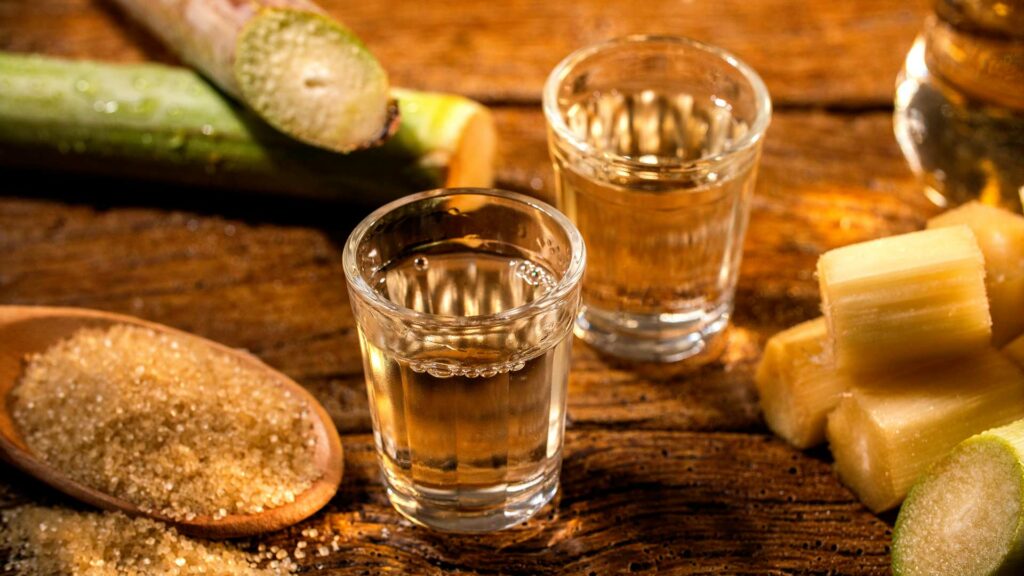
Cachaça is exclusively made from sugarcane juice, which sets it apart from rum, where molasses is often involved. Another difference is the production region: cachaça hails from Brazil. Its alcohol content is usually lower, ranging from 38% to 48% ABV, while rum starts at 40% and can go up to 80% ABV.
However, cachaça and rum do share similarities. Like rum, cachaça can be clear or aged, and both spirits can be produced using either of the two main types of stills: pot or column.
Falernum
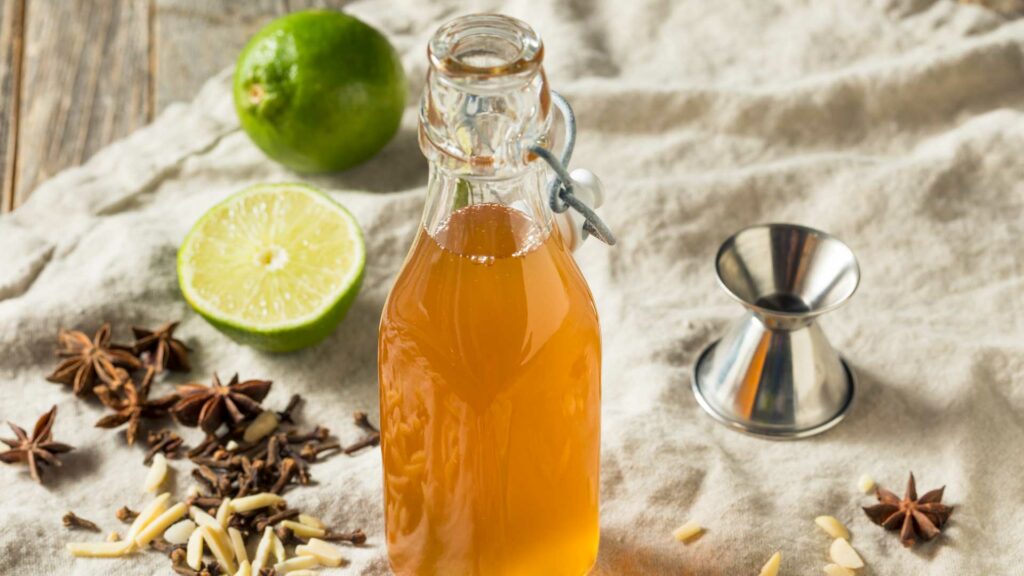
Falernum originates from the island of Barbados, confirming the Caribbean roots of many sugarcane-based spirits. It’s made with sugarcane juice, lime juice, spices, and just a splash of rum to help with preservation, giving it a low alcohol content around 11% ABV.
Unlike rum and cachaça, which are distilled spirits, falernum is a liqueur. That means it’s an alcoholic beverage made by flavoring ethyl alcohol or an existing spirit (in this case, rum). No stills or barrel aging involved here.
Basi
Basi, like the others, starts with sugarcane juice as the base ingredient, but that’s where the similarities end. It hails from the Philippines and isn’t a distilled spirit or a liqueur. Instead, it’s made by fermenting sugarcane juice in terracotta jars for several years before bottling. The final product has an alcohol content similar to wine, around 10% to 16% ABV.


